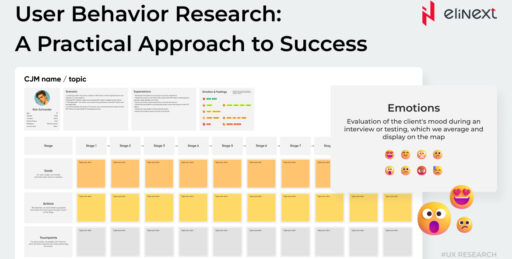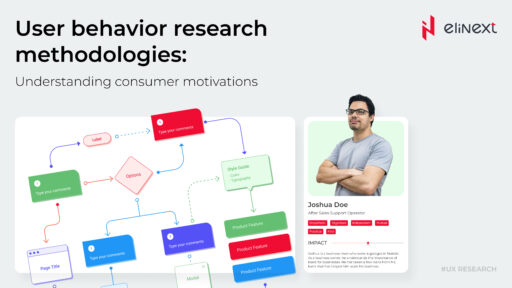
Addressing to the major concerns of application development, Elinext specialists offer their expertise in DevOps consulting services, preplanning, automation, optimization, orchestration, etc. — all aimed at ensuring the best path to the pot of gold for our clients. By uniting development and operations, we cut the development time and ensure stability for operating environments, both contributing to faster delivery of a perfectly crafted solution.
Elinext DevOps teams utilize their rich experience in designing, implementing, optimizing, and maintaining CI/CT/CD for projects of different size and complexity. Taking advantage of a range of powerful tools for continuous integration, we improve the quality of a product and speed up the delivery.
Elinext teams have a lot of experience in performing containerization and orchestration that open up space for further smooth and efficient development, testing, and scaling, and further cloud infrastructure management. We use Docker to deliver software in containers, and then complement it with orchestration systems like Kubernetes or OpenShift.
To promote the continued operation of cloud-based solutions for our clients, we take advantage of our experience in automation, scaling, and optimization. By automating such processes as application performance management, error monitoring, and log management, we ensure our clients’ ability to focus on mission-critical tasks and open up space for further improvements to their cloud solutions.
At Elinext, we put a great emphasis on monitoring cloud-based systems for threats and providing our clients with comprehensive and insightful alerts that allow them to react and respond accordingly. With Grafana for metrics visualization, CollectD or Prometheus as a database, and CollectD or Node Exporter as a pusher of metrics into this database, we configure 24x7 monitoring of our clients’ systems and ensure they will receive alerts in case problems arise in their infrastructure.
To ensure operational resiliency in the event of any service interruptions, we automate backups, separate databases into smaller, faster, more easily managed parts, and take various disaster recovery (DR) measures. These include audit of logs and metrics, determination of what has caused the problem, and implementation of the required fixes.


